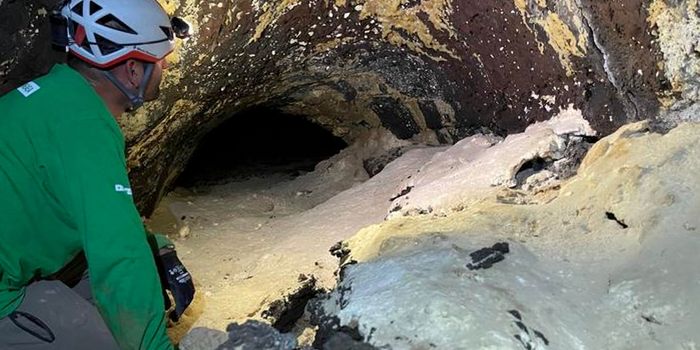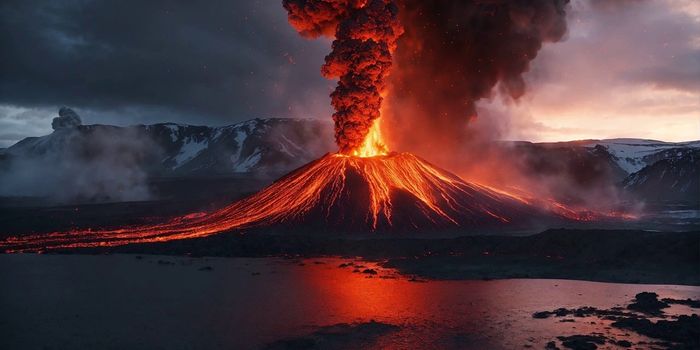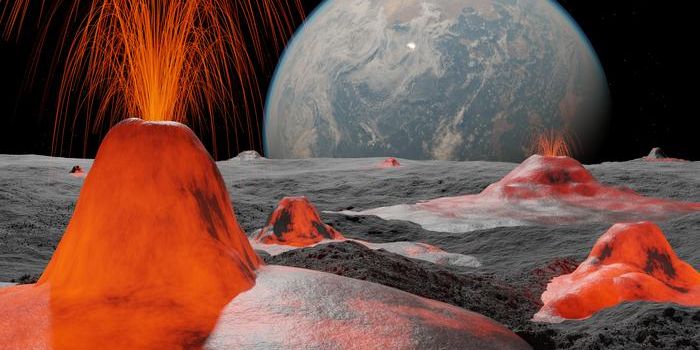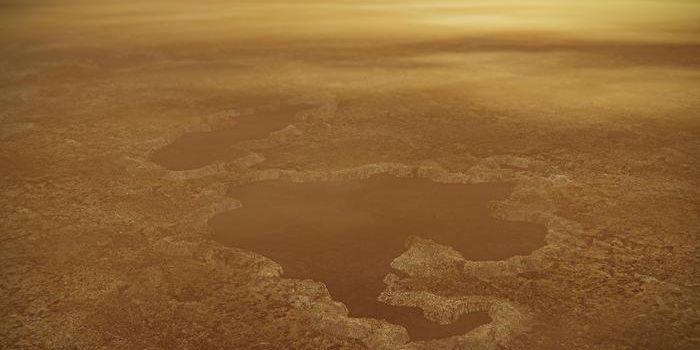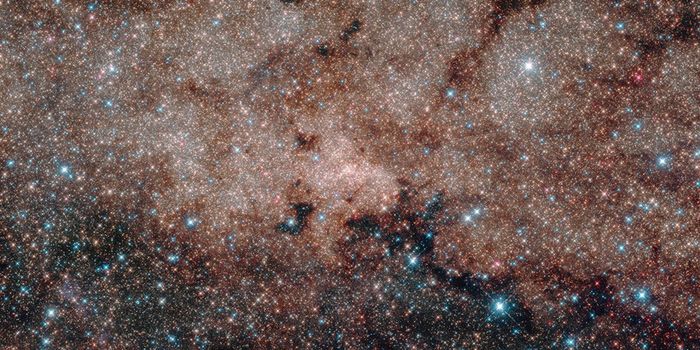Rare Exoplanet with Puffy Atmosphere Challenges Planetary Evolution Theories
Can exoplanets that orbit dangerously close to their stars, some known as “hot Jupiters”, have their atmospheres survive the ordeal despite the extreme temperatures? This is what a recent study published in The Astronomical Journal hopes to address as a team of international researchers announced the discovery of TIC365102760 b, which is located just over 1,800 light-years from Earth and whose radius is just over half of Jupiter and a mass of five percent of Jupiter, as well. What makes this exoplanet unique is its ability to retain its massive atmosphere despite its proximity to its red giant star, orbiting in just 4.2 days.
“It’s the smallest planet we’ve ever found around one of these red giants, and probably the lowest mass planet orbiting a [red] giant star we’ve ever seen,” said Dr. Samuel Grunblatt, who is an Assistant Research Scientist at Johns Hopkins University and lead author of the study. “That’s why it looks really weird. We don’t know why it still has an atmosphere when other ‘hot Neptunes’ that are much smaller and much denser seem to be losing their atmospheres in much less extreme environments.”
Artist’s concept of TIC365102760 b. (Credit: Roberto Molar Candanosa/Johns Hopkins University)
For the discovery, the researchers used a combination of radial velocity (RV) measurements and a database from NASA’s Transiting Exoplanet Survey Satellite (TESS) mission to identify the new exoplanet. But the most stunning discovery was the exoplanet’s ability to retain its atmosphere despite the intense temperatures from its red giant star. For context, red giants are measured between 100 and 1000 times the diameter of our Sun and are much older, as well. Because of the exoplanet’s atmospheric retainability, the astronomers aptly named it “Phoenix”, along with designating this new world as a "hot Neptune" given its size.
“This planet isn’t evolving the way we thought it would, it appears to have a much bigger, less dense atmosphere than we expected for these systems,” said Dr. Grunblatt. “How it held on to that atmosphere despite being so close to such a large host star is the big question.”
Going forward, the team aspires to use a method known as astrometry to further investigate the system, but this exoplanet nonetheless demonstrates the immense diversity in the universe.
How many more of these unique exoplanets will researchers discover in the coming years and decades? Only time will tell, and this is why we science!
As always, keep doing science & keep looking up!
Sources: The Astronomical Journal, EurekAlert!


